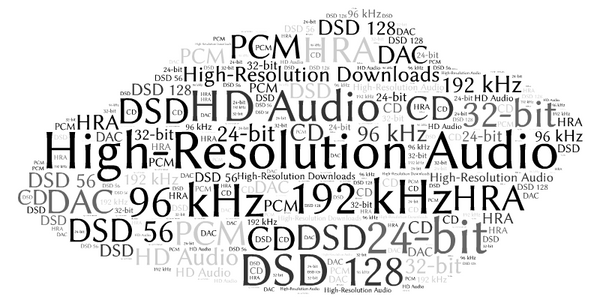Consider... 4 string bass in normal tuning has its lowest string tuned to E (40Hz). How many tunes have a droning E in them? Not many. Fair to assume not much organically is happening below 40Hz on most tracks. Kicks are usually tuned higher e.g. A (55Hz).
On the other side of the coin. There's mostly harmonics over 4kHz. Very useable up to 10kHz. Not much meaningful however happening above. Industry "standard" SM57 rolls of after 15kHz. Some much loved ribbon mics roll off even lower.
Recordings by their very nature are not natural. Not many things produce low "lows" and high "highs". It may be painful when you think about it and that includes the best and most "natural" sounding recordings. They're processed even if they don't sound processed.
And the highest level of trickery is in making us believe it's all real.
So where does the expectation of faithful reproduction come from? What does that mean? And why is it that we expect 20Hz -20kHz? Just because we can does it mean we should?
How many of of us can even hear 20kHz? 19kHz? 18kHz? I can't.
On the other side of the coin. There's mostly harmonics over 4kHz. Very useable up to 10kHz. Not much meaningful however happening above. Industry "standard" SM57 rolls of after 15kHz. Some much loved ribbon mics roll off even lower.
Recordings by their very nature are not natural. Not many things produce low "lows" and high "highs". It may be painful when you think about it and that includes the best and most "natural" sounding recordings. They're processed even if they don't sound processed.
And the highest level of trickery is in making us believe it's all real.
So where does the expectation of faithful reproduction come from? What does that mean? And why is it that we expect 20Hz -20kHz? Just because we can does it mean we should?
How many of of us can even hear 20kHz? 19kHz? 18kHz? I can't.


